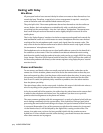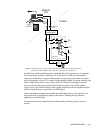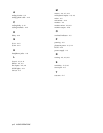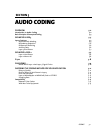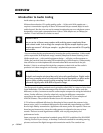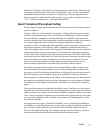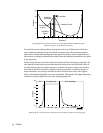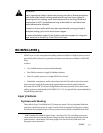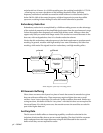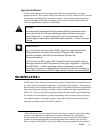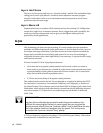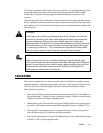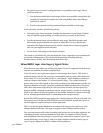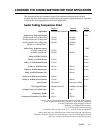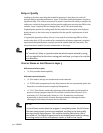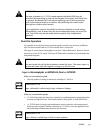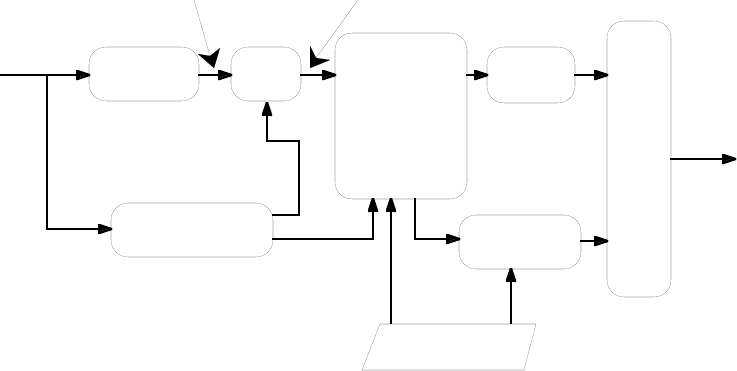
5-6 CODING
main bands into 18 more. At a 32 kHz sampling rate, the resulting bandwidth is 27.78 Hz
– allowing very accurate calculation of the masking threshold values. Sufficient
frequency resolution is available to exceed the width of the ear’s critical bands (100 Hz
below 500 Hz; 20% of the center frequency at higher frequencies) across the audible
spectrum, resulting in better hiding of noise than would otherwise be possible.
Redundancy Reduction
Redundancy reduction is accomplished by a Huffman coding process to take advantage
of the statistical properties of the simplified signal output from the psychoacoustic stage.
Values that appear more frequently are coded with shorter words, whereas values that
appear only rarely are coded with longer words. This results in an overall decrease in the
data rate, with no degradation, since it is a lossless reduction scheme.
Notice that this redundancy reduction process is the ideal supplement to psychoacoustic
masking. In general, maskers with high tonality have more redundancy but allow less
masking, while noise-like signals have low redundancy and high masking effect.
Polyphase
Filterbank
MDCT
Filters
Non-uniform
Quantization
Distortion
Control
Huffman
Codin
g
Side
Information
1024 point FFT/
Perce
p
tual Model
External Control
Bitstream Formattting
CRC Check
32 bands 576 Bands
Block diagram of the Layer III coding process.
Bit Reservoir Buffering
Often, there are some critical parts in a piece of music that cannot be encoded at a given
data rate without audible noise. These sequences require a higher data rate to avoid
artifacts. Layer 3 uses a short time “bit reservoir” buffer to address that need. Similar to a
savings account, this buffer is filled in “easy times” with data bits that are not required for
the actual frame. If a critical part occurs, the encoder can use the saved bits to code this
part with a higher data rate.
Ancillary Data
The bit reservoir buffer offers an interesting capability: an effective solution for the
inclusion of such ancillary data as text or control signaling. The data is held in a separate
buffer and gated onto the output bitstream using the bits allocated for the reservoir
buffer when they are not required for audio.



